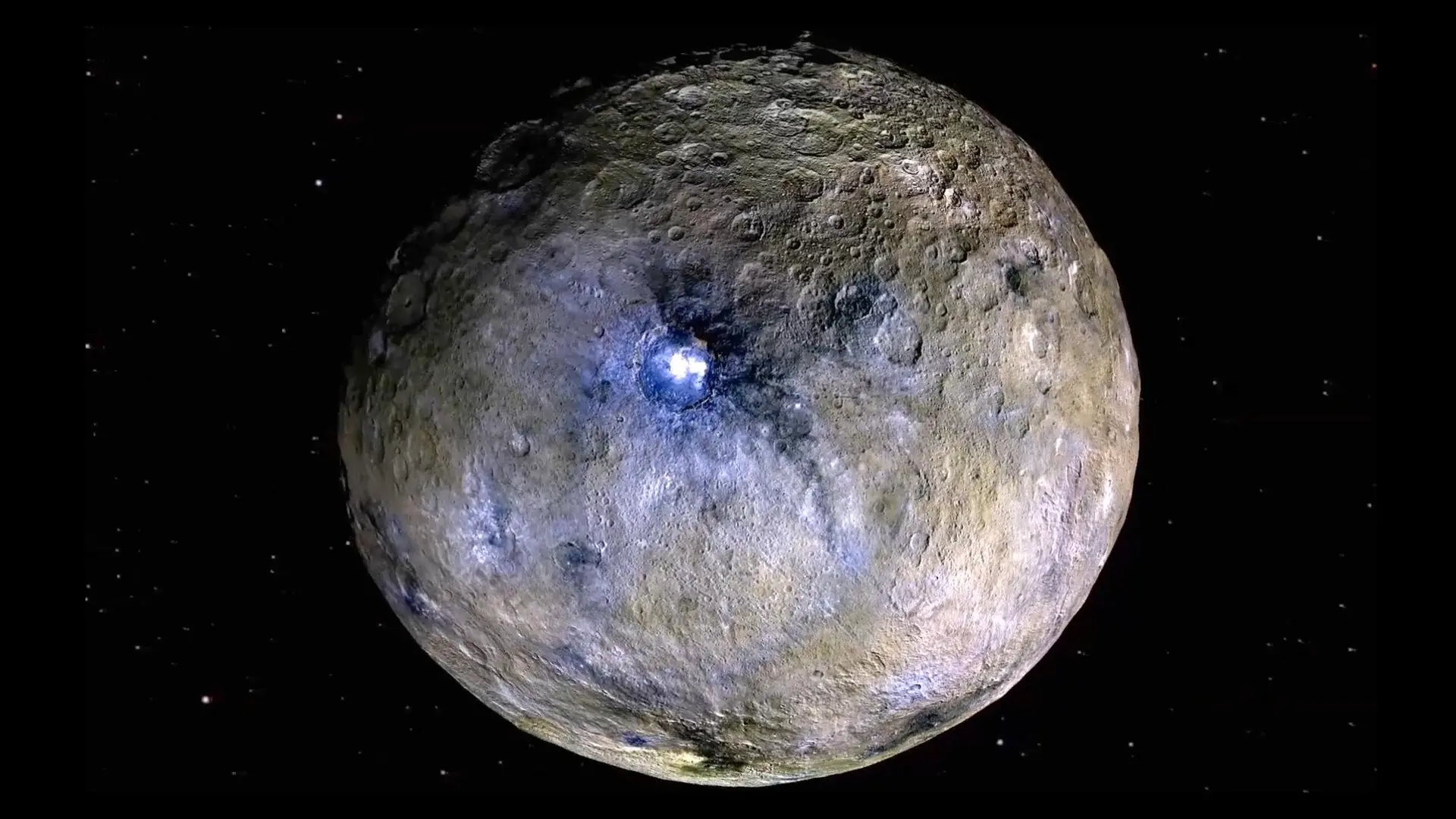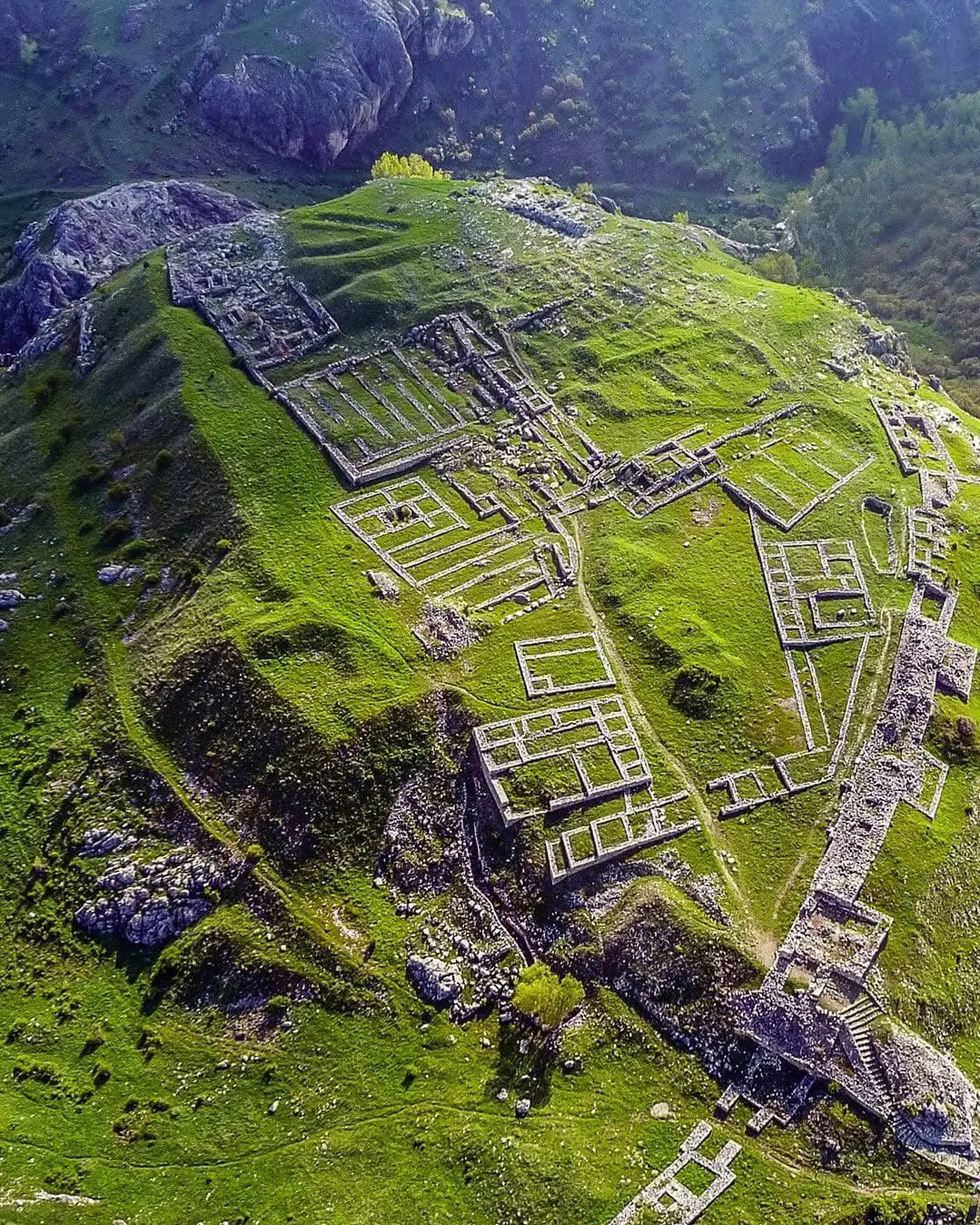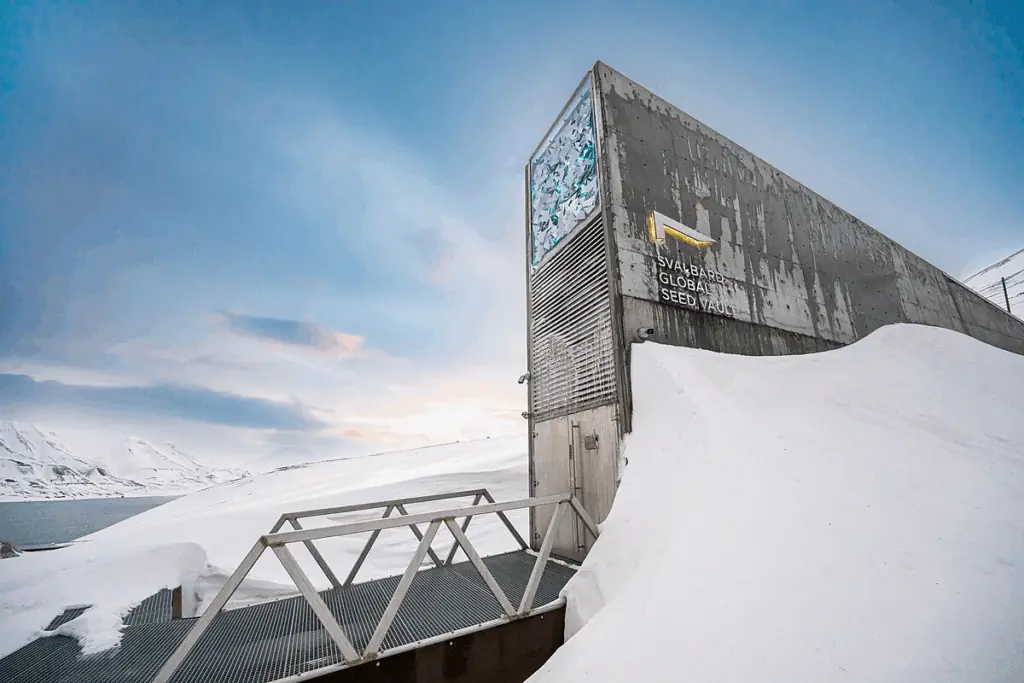
Scientists Warn Italy’s Phlegraean Fields Supervolcano Is Stirring, Raising Global Alarm
Deep beneath the picturesque landscapes of southern Italy, a silent giant is showing signs of unrest. The Phlegraean Fields, or Campi Flegrei, a supervolcano located just west of Naples, has recently drawn the attention of scientists worldwide. Subtle seismic activity, ground deformation, and increased gas emissions suggest that this ancient volcano may be waking from centuries of slumber. While a catastrophic eruption is not considered imminent, the signs are clear: Campi Flegrei is stirring, and the potential consequences could reach far beyond Italy’s borders.
The Phlegraean Fields form a massive volcanic caldera, stretching over 13 kilometers in diameter. Unlike the iconic cone-shaped Mount Vesuvius nearby, Campi Flegrei is largely hidden beneath the surface, with its vast network of fumaroles, hot springs, and uplifted land revealing its true nature. The last eruption occurred in 1538, creating the Monte Nuovo hill. Though relatively minor, it marked the end of a long dormancy, and ever since, scientists have kept a watchful eye on the area.
Recent studies by the Italian National Institute of Geophysics and Volcanology (INGV) have indicated increasing seismic activity and significant ground uplift in the region. Since the early 2000s, the town of Pozzuoli, built directly atop the caldera, has risen by more than 90 centimeters. Small earthquakes have also become more frequent, with swarms occurring regularly—an indication that magma or hydrothermal fluids may be moving beneath the surface.
What alarms scientists most is not just the current activity, but the pattern it suggests. A 2023 study published in the journal Communications Earth & Environment concluded that the crust under Campi Flegrei has become weaker over time due to repeated stress from past unrest episodes. This weakening means that the volcano could now erupt with less pressure buildup than before. In other words, it might take less force to trigger a dangerous eruption.
The global implications of such an event are serious. As a supervolcano, Campi Flegrei has the potential to affect global climate, aviation, and food production. A large-scale eruption could spew massive amounts of ash into the atmosphere, blocking sunlight and lowering global temperatures in a phenomenon known as a "volcanic winter." This could disrupt agriculture and supply chains across Europe and beyond.
Moreover, the densely populated region surrounding Campi Flegrei—including Naples, home to nearly a million people—would face immediate and devastating impacts. Emergency planning is already underway, with Italian authorities reviewing evacuation strategies and public safety protocols. However, experts caution that predicting the exact timing and scale of volcanic eruptions remains notoriously difficult.
Despite the uncertainty, scientists emphasize that the current activity does not mean an eruption is guaranteed. Instead, it’s a call for vigilance and preparation. Technological advances in volcanology, including satellite monitoring and improved seismic networks, now offer better tools to detect early warning signs. Public education and government readiness are equally crucial.
The Phlegraean Fields are a stark reminder that Earth’s natural systems operate on timescales far beyond human lifespans. For centuries, the ground beneath southern Italy has shifted and breathed with geologic life, often unnoticed. But as the data mounts and the ground rises, one thing is certain: the world must pay attention.
In the face of such immense natural power, preparation, not panic, is key. The message from scientists is clear—Campi Flegrei is stirring, and it’s time to take notice.
News in the same category


Surprising Link: Marriage May Increase Dementia Risk, New Study Finds

Birds May Use Quantum Reactions to Navigate Across the Globe

Humpback Whales Are Gathering in Giant Super-Pods—Here’s What Scientists Think It Means

Man Builds $20m White House Replica Atop Skyscraper—Now Legal Woes Keep Him Out

Woman Claims Ghost Companion Of 12 Years Warns Of Imminent Apocalypse

The Sun Isn't Yellow — It's Actually White ☀️

Astronomers Discover 2017 OF201: A Massive Dwarf Planet Beyond Pluto That Could Redefine Our Solar System

Scientists Use AI And Ancient Linen To Reveal What Jesus May Have Truly Looked Like

Astronomers Discover 2017 OF201: A Massive Dwarf Planet Beyond Pluto That Could Reshape Our Understanding Of The Solar System

Simulation Shows Earth’s Devastating Collapse If Oxygen Vanished for Just 5 Seconds

Discover Hattusa: The Ancient City 2,000 Years Older Than Machu Picchu

Man Spends Life Savings On Abandoned Ghost Town Once Worth $500 Million

Scientists Baffled By Perfect Sphere Emitting Radio Signals From Deep Space

Meet Borealopelta markmitchelli: The Best-Preserved Dinosaur Fossil Ever Discovered

Is the Multiverse Real? Exploring Scientific Theories and Quantum Clues

Don’t Toss Those Eggshells: 17 Ways to Reuse Them

Why This $281m ‘Car’ Built By Boeing Only Goes 8MPH

Inside The Global Seed Vault: Earth’s ‘Safest Place’ Only Opens Six Times A Year
News Post

17-Year-Old Girl Hospitalized with Kidney Failure: Doctors Warn Against 3 Common Habits Among Youth

Rashes All Over the Body Because of a Favorite Dish Many Are Addicted To

My Mother’s Silent Sacrifice: Saving Money by Cooking One Meal a Day

The terminally ill son of wealthy parents married a naive girl, and she took him off to a remote area. Six months later, his parents could hardly recognize their son

Senya was raised by his grandmother and mother. The boy was not spoiled at all – both his mother Tamara and grandmother Nina had such strong characters that even without a father and grandfather

The husband noticed how his wife quietly added something to his tea and carefully swapped the mugs

He saved the old woman from death and took her to the hospital, but at that moment he still did not know what would happen next…

What do you mean, you won’t give money?! Do you understand what the consequences will be?

Remove Facial Wrinkles Naturally at Home with Banana and Tomato

The Miracle Tree: 10 Science-Backed Benefits of Moringa and How to Use It

How to Remove Skin Tags on Your Face Naturally with Banana Peel and Other Safe Remedies

16 Powerful Benefits of Soursop Leaf Tea (Without Losing Its Nutritional Value) Doctors Never Say

No, dear mother-in-law, I bought this apartment before the marriage, so pack your things,” I made it clear that her behavior was unacceptable to me.

The wife had been silent for a year, hosting her husband’s relatives in their home, until one evening, she finally put the bold family members in their place.

My mother-in-law discovered two children in an abandoned well, brought them to me, and entrusted me with their upbringing. I raised them as my own.

After the death of her mother-in-law, Valya arrived at the notary office where the reading of the will was to take place.

The hungry girl asked the baker for a slice of bread, but she didn’t eat it. The baker was surprised when he found out why.

A 40-Year-Old Man Died from a Sore Throat After 7 Rounds of Chemotherapy – Doctors Urgently Warn: Throw Away These 2 Items from Your Fridge

5 Signs of Kidney Failure That You Should Never Ignore – Bad Breath Even After Brushing Could Be One
